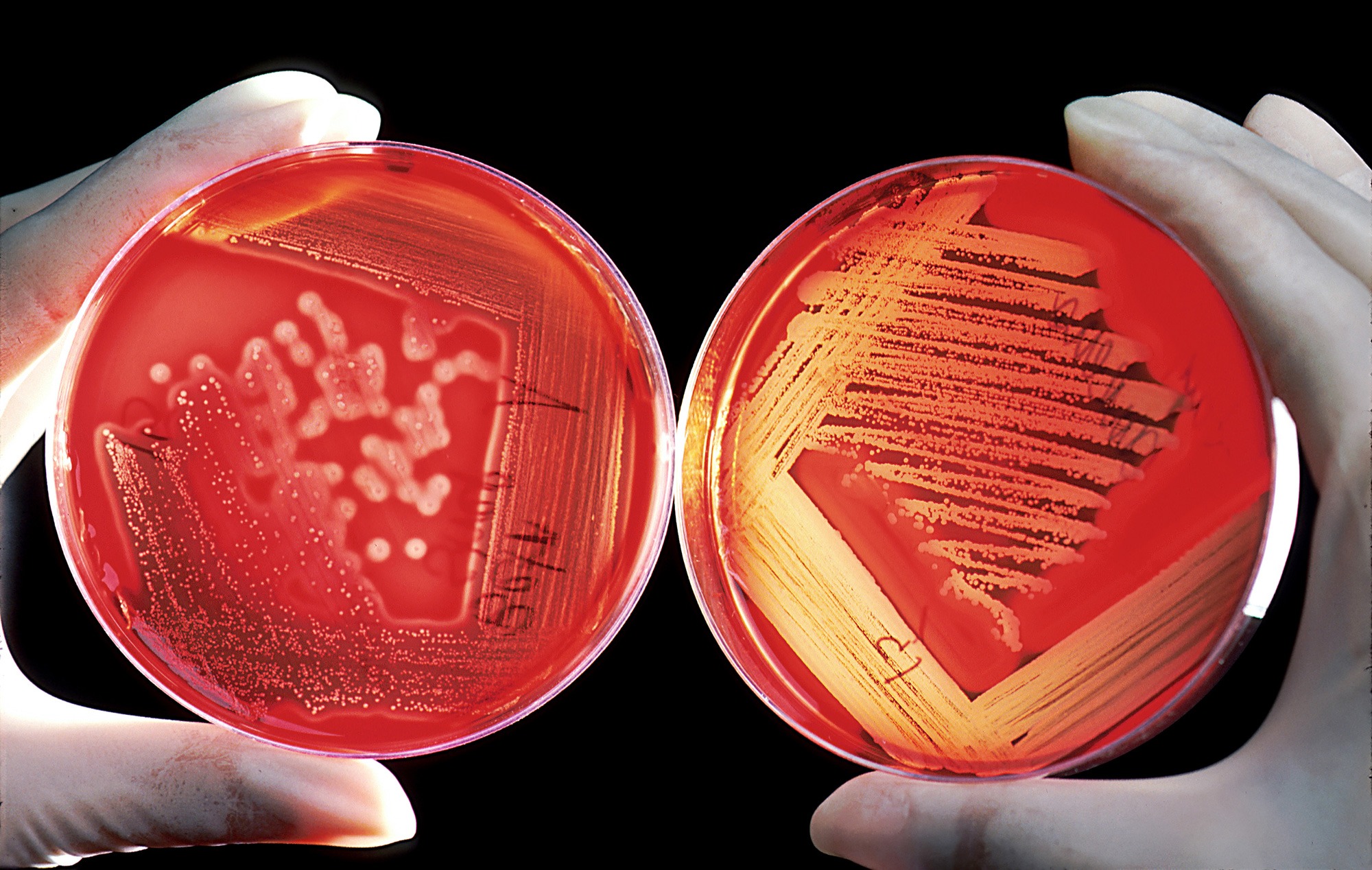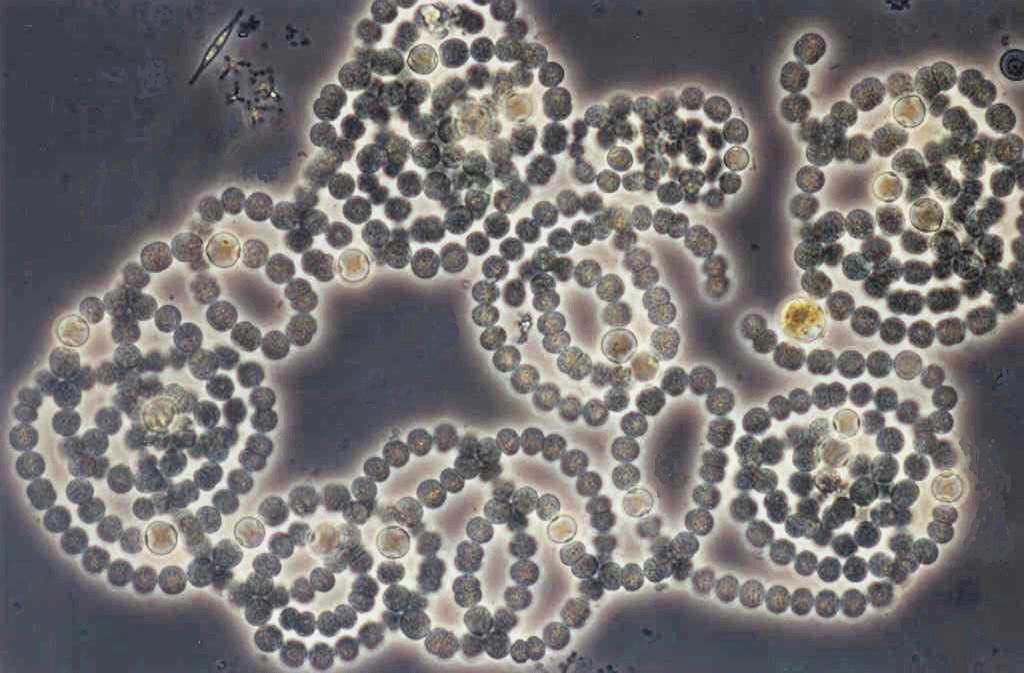The 'dark matter' of life on Earth
We share this planet with an astonishing number of living things. So far, taxonomists and biosystematists (scientists who classify living things) have been able to discover, describe and classify approximately 1.9 million living species on Earth, organising all of life into an enormous, well-ordered library.
Knowing which groups each species belongs to helps us better understand how life evolved, how living things interact with each other and their environments, and how we can better protect species on the brink of extinction.
Living things are organised into groups (also called ‘taxa’) according to a hierarchy of different levels: domain, kingdom, phylum, class, order, family, genus and species. The criteria for classifying living things into these groups get narrower and more specific the further you go down the list. At the highest level, ‘domain’, living things can fall into one of three major lineages—eukaryotes, bacteria, and archaea—according to fundamental differences in how their cells and genetic material are organised.
But there are still a lot of empty shelves in this vast library of life: millions of species have yet to be discovered, described and classified.

What’s more, many of these undiscovered species are microscopic organisms that are invisible to the naked eye, making discovery a much greater challenge compared to spotting a new kind of bird or butterfly, for example.
These microscopic species are the ‘dark matter’ of the biological world. For astrophysicists, the physical ‘dark matter’ of the universe is matter that we’re unable to detect because it doesn’t interact with light. However, they know that it exists based on how it interacts with gravity, which affects how stars and galaxies are distributed throughout the universe.
For life on Earth, biological ‘dark matter’ refers to the species that we haven’t yet been able to detect, but which we know must exist. We know there are millions, and some estimates say there are possibly trillions, of species yet to be found.
So, how do we discover something that’s very hard to see?
Take bacteria, for example. Microbiologists traditionally study bacteria in the lab by growing colonies on agar plates, which are small, contained environments which supply bacteria with nutrients and a surface on which to grow. This has been a key step in the discovery and documentation of bacterial species to date. However, some species cannot grow under laboratory conditions and are ‘invisible’ to such methods.

And that’s not to mention all the other groups of microorganisms, including protists, nematodes and fungi. These groups also have millions of unknown species within their ranks, and most of them won’t grow into nice, observable colonies on a laboratory agar plate. In fact, many of them won’t grow on agar plates at all. To give you an idea of the scale of the challenge, just three per cent of all the estimated nematodes and protists that live in Australia and New Zealand have been discovered.
Scientists have made some progress, however. In the past decade, taxonomists have developed new methods of discovering and analysing species based on just their DNA. DNA is extracted directly from soil or water, gut samples, rocks from deep within the Earth’s crust, the deep ocean or other environments, and sequenced (decoded) in small fragments. The fragments are then pieced together into larger gene or genome sequences using enormous amounts of computing power. These methods have helped scientists discover and describe a staggering number of new species that were previously undetectable and invisible.
Understanding how to classify and study these ‘dark matter’ species is important for many reasons. Microorganisms are abundant, incredibly diverse and essential for many ecological processes. Discovering and describing them might help us find better ways to improve farming productivity, enhance environmental sustainability, fight infectious diseases, or better understand some of the friendlier microorganisms that live inside us, undetected.

Some organisms may even give us insights into how life first began. Earth was once a pretty hostile place before bacteria created the conditions for more complex life to thrive by oxygenating the atmosphere. Studying this biodiversity ‘dark matter’, much like the ‘dark matter’ of the cosmos, might hold the key to answering some of the biggest scientific questions of the century—and it could re-write our entire understanding of life on Earth.





